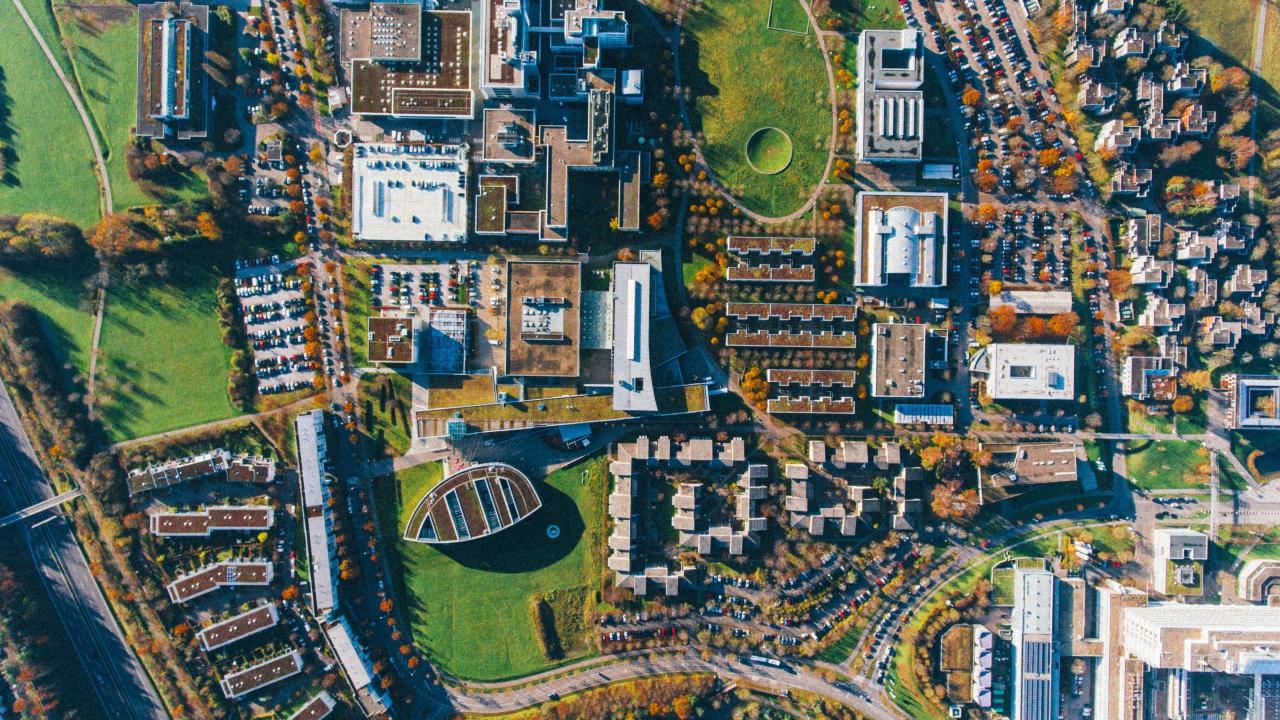

How Technology is Enhancing Urban Planning and Development
The world is witnessing an unprecedented pace of urbanization, with an estimated 60% of the global population projected to reside in cities by 2030. This rapid urbanization has put immense pressure on urban planners and developers to create sustainable, efficient, and livable cities. In response, technology is being increasingly leveraged to enhance urban planning and development, transforming the way cities are designed, built, and managed.
From Traditional to Smart Cities
Traditionally, urban planning has relied on manual data collection, rudimentary mapping techniques, and static master plans that often fail to account for the complexities and dynamics of urban growth. However, with the advent of advanced technologies, cities are now being designed and managed using data-driven approaches, leveraging cutting-edge tools and innovations.
Smart city initiatives have gained momentum worldwide, integrating information and communication technologies (ICTs) to create more efficient, sustainable, and responsive urban environments. These initiatives are enabled by a range of technologies, including:
- Geographic Information Systems (GIS): GIS technology allows for the collection, analysis, and visualization of geospatial data, enabling planners to identify patterns, trends, and areas of improvement in urban infrastructure, transportation, and land use.
- Internet of Things (IoT): IoT sensors and devices enable real-time monitoring and management of urban infrastructure, including energy consumption, traffic flow, air quality, and waste management.
- Big Data Analytics: Advanced data analytics tools help urban planners and managers to process and analyze vast amounts of data, providing insights into urban dynamics, behavior, and trends.
- 3D Modeling and Simulation: 3D modeling and simulation software enables urban planners to design and test urban scenarios, predicting the impact of different development options on urban systems and environments.
- Artificial Intelligence (AI) and Machine Learning (ML): AI and ML algorithms can be applied to urban data to identify patterns, predict outcomes, and optimize urban systems, such as traffic management and energy distribution.
Enhancing Urban Planning and Development
These technologies are transforming urban planning and development in various ways, including:
- Data-Driven Decision-Making: Urban planners can now access accurate, real-time data to inform their decisions, reducing the risk of errors and improving the effectiveness of urban interventions.
- Collaborative Planning: Technology enables multiple stakeholders, including citizens, policymakers, and developers, to engage in collaborative planning processes, fostering more inclusive and participatory urban planning.
- Sustainable Urban Design: Advanced modeling and simulation tools allow for the design of more sustainable, resilient, and adaptable urban systems, incorporating green spaces, renewable energy, and sustainable transportation.
- Infrastructure Optimization: IoT sensors and analytics enable the optimization of urban infrastructure, such as energy-efficient buildings, intelligent transportation systems, and smart water management.
- Disaster Risk Reduction and Management: Advanced technologies, including AI and ML, can be used to predict and respond to natural disasters, ensuring more effective disaster risk reduction and management.
Case Studies
Several cities around the world are already leveraging technology to enhance urban planning and development, including:
- Singapore: Singapore’s Smart Nation initiative aims to create a sustainable, efficient, and livable city, utilizing IoT sensors, data analytics, and AI to optimize urban systems and services.
- Barcelona: Barcelona’s Superblock program uses data analytics and GIS to redesign urban spaces, reducing traffic congestion, and improving air quality and public health.
- Rio de Janeiro: Rio’s Operations Center uses IoT sensors and advanced analytics to monitor and manage urban systems, including transportation, energy, and public safety.
- Dubai: Dubai’s Smart City initiative aims to create a sustainable, efficient, and innovative city, leveraging blockchain, AI, and IoT to transform urban planning and development.
Challenges and Opportunities
While technology holds immense promise for enhancing urban planning and development, several challenges and opportunities must be addressed, including:
- Data Privacy and Security: Urban planners and policymakers must ensure the security and privacy of urban data, protecting citizens’ personal information and preventing data breaches.
- Digital Divide: The adoption of technology can exacerbate existing social and economic inequalities, emphasizing the need for inclusive and accessible urban planning practices.
- Skills and Capacity Building: Urban planners and policymakers require training and capacity building to effectively leverage advanced technologies and data analytics.
- Integration and Interoperability: Urban systems and technologies must be designed to integrate and interoperate seamlessly, ensuring the effective exchange of data and information.
Conclusion
Technology is revolutionizing urban planning and development, offering unprecedented opportunities for creating sustainable, efficient, and livable cities. As the world continues to urbanize, it is essential to harness the power of technology to address the complex challenges facing cities, from climate change and energy efficiency to public health and social inequality.
Urban planners, policymakers, and developers must collaborate to unlock the full potential of technology, ensuring that cities are designed and managed in a way that prioritizes the well-being of citizens, the environment, and the economy. By embracing innovation and technology, we can create cities that are not only smart but also sustainable, resilient, and equitable for all.




